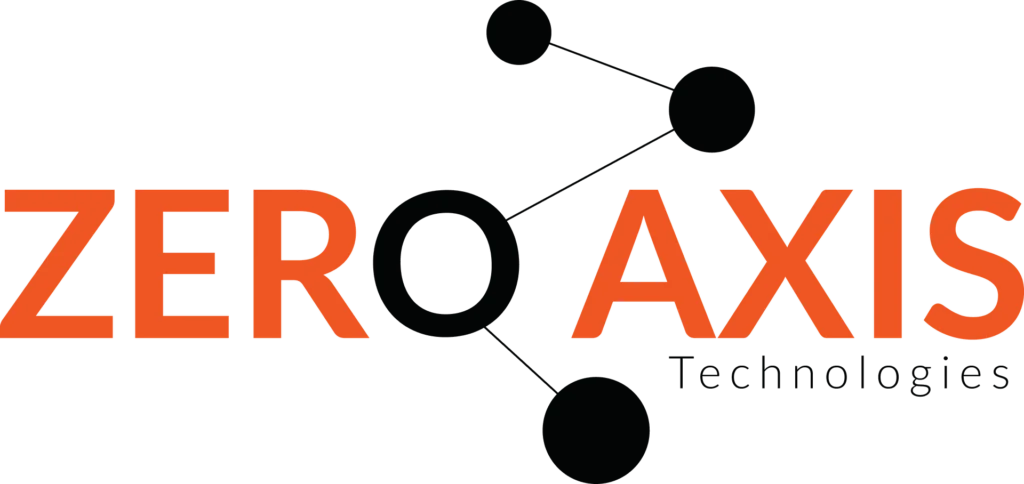Driving Innovation through Advanced R&D Solutions
Power Management Techniques in Embedded Systems
Power management is critical in embedded systems, directly influencing their efficiency, reliability, and longevity. It involves strategies to minimize power consumption while ensuring that the system operates correctly. Here’s an overview of the techniques used in power management, including their benefits and challenges.
Understanding Power Management vs. Power Efficiency
While often used interchangeably, power management and power efficiency have distinct meanings:
Power Efficiency refers to how effectively a system utilizes the power it consumes, such as extending battery life. This is especially important for embedded systems that are difficult to access once deployed, like those used in deep-sea environments.
Power Management is the active process of controlling power usage within a system, including detecting inactivity and shutting down components to conserve energy. Both concepts are interrelated and crucial for reducing overall power consumption.
Methods of Power Management
Power management techniques fall into two broad categories: hardware and software. Each approach has unique methods to achieve lower power consumption.
1. Software Power Management Techniques
These techniques can be applied during both the design and runtime phases. Some key strategies include:
Sleep Modes: Initiating sleep or low-power modes when devices are inactive helps conserve energy, similar to standby modes in personal computers.
Dynamic Voltage and Frequency Scaling (DVFS): This technique adjusts the CPU’s voltage and frequency according to the workload, reducing power consumption when full processing power is not needed. It allows devices like smartwatches to extend battery life by slowing down operation during low-power conditions.
Power Gating and Clock Gating: Temporarily disabling unused peripherals or components reduces power consumption without sacrificing functionality.
Optimized Code: Writing efficient code that minimizes CPU operations can significantly lower power usage, making systems like Linux kernels popular in embedded applications due to their customizability.
2. Hardware Power Management Techniques
Hardware approaches focus on optimizing power use from the design stage and during runtime. They can be categorized into:
Static Power Management: Techniques developed during design to optimize both software and hardware for low power consumption.
Dynamic Power Management: Adjustments made during runtime based on system behavior to control power more effectively.
Modern components are designed to be low power, with some systems theoretically achieving decades of battery life in standby mode. However, processors often consume significant power, necessitating active management strategies, such as integrating energy-saving features that activate when certain thresholds are reached.
Key Considerations for Power Management
Integrated Approach
Effective power management in embedded systems requires a combination of software and hardware techniques. A poorly designed device can waste power regardless of software optimizations, while ineffective software can drain batteries quickly even with efficient hardware.
Pros and Cons of Improved Power Efficiency
Advantages:
- Enhanced Battery Life: Longer operational periods between charges are critical for embedded systems, especially in remote applications.
- Reduced Maintenance Needs: Efficient systems require less intervention, lowering costs and improving reliability.
- Lower Operating Temperatures: Optimal power usage can reduce thermal issues, enhancing system reliability.
- Noise Reduction: Efficient devices often generate less heat and noise, which is beneficial in sensitive environments.
- Environmental Impact: Improved power efficiency contributes to sustainability by reducing energy consumption.
Disadvantages:
- Development Costs: Implementing power-efficient designs can be expensive and time-consuming, impacting project budgets.
- Risk of Over-Optimization: Poorly executed optimizations can lead to increased power consumption instead of the intended reductions.
Solutions for Power Consumption in Embedded Systems
To achieve optimal power consumption, it’s essential to thoroughly integrate power management solutions into the design process. Here are some strategies:
- Holistic Design Considerations: Evaluate power consumption from the outset of development, considering both hardware and software interactions.
- Incorporate Advanced Features: Use features like hibernation modes, wake-on-LAN, and better battery management systems to enhance efficiency.
- Optimize Application Code: Streamline code to minimize CPU operations and peripheral tasks, leveraging more efficient algorithms and libraries.
Conclusion
As embedded systems become more powerful and complex, mastering power management techniques is vital for developing reliable and efficient devices. By carefully balancing hardware and software strategies, engineers can significantly enhance the longevity and performance of embedded systems, making them suitable for a wide range of applications. Prioritizing power management during the design and development phases ultimately leads to better, more sustainable products.



